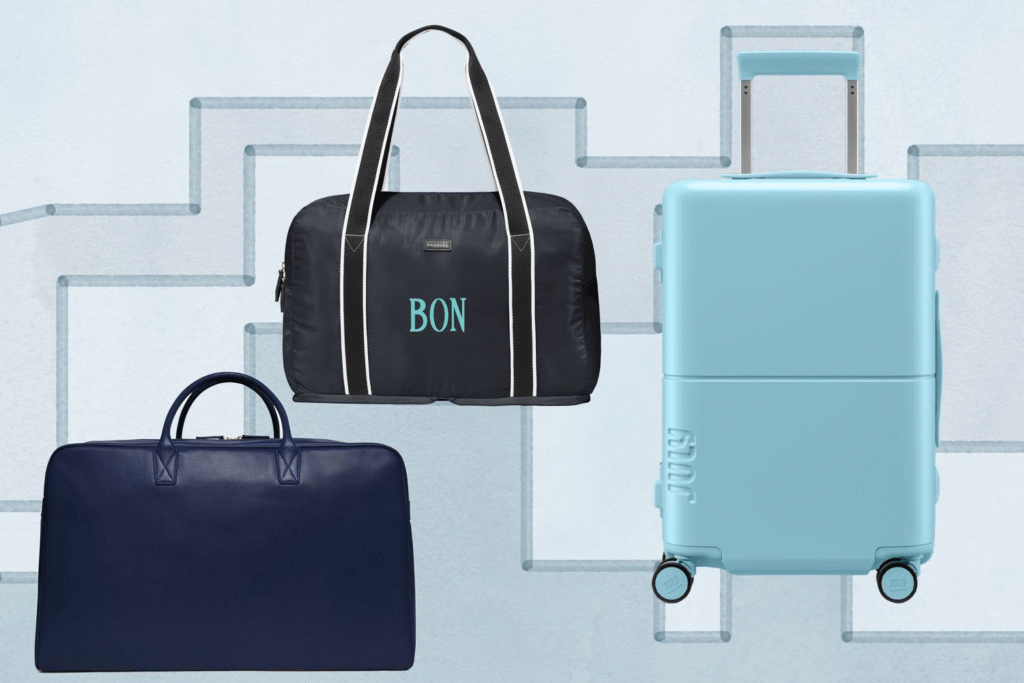When embarking on a home renovation, construction project, or spring cleaning, one of the most crucial questions to answer is: “What size dumpster do I need?” Choosing the right dumpster size can significantly impact the efficiency, cost, and convenience of your project. Dumpsters come in various sizes, typically measured in cubic yards, which represent the volume of debris the dumpster can hold. Ranging from small, compact units for minor cleanouts to large containers for extensive renovations or construction projects, understanding your specific needs is essential for making the right choice.
Common Dumpster Sizes
To help you navigate the selection process, here’s a breakdown of the most common dumpster sizes available, along with their typical uses:
1. 10-Yard Dumpster: The 10-yard dumpster is ideal for small projects, such as garage cleanouts, small landscaping jobs, or minor bathroom remodels. This dumpster size can hold about three pickup truck loads of waste, making it a great option for compact jobs that don’t generate a significant amount of debris.
2. 20-Yard Dumpster: A popular choice for mid-sized projects, the 20-yard dumpster is suitable for larger home renovations, roofing projects, or sizable cleanouts. It can accommodate about six pickup truck loads of waste and is the go-to option for many homeowners tackling bigger jobs while still being manageable in residential areas.
3. 30-Yard Dumpster: The 30-yard dumpster is a solid choice for substantial home renovations, large construction projects, or commercial applications. This size can hold about nine pickup truck loads of debris and is perfect for projects that require significant waste disposal, such as extensive remodeling or construction.
4. 40-Yard Dumpster: The largest standard size, the 40-yard dumpster, is typically used for major construction projects, large demolitions, or commercial cleanups. It can hold approximately twelve pickup truck loads of waste, making it suitable for projects that generate a vast amount of debris or require bulk disposal.
Factors to Consider When Choosing a Dumpster Size
To determine the right dumpster size for your specific project, consider the following factors:
1. Type and Volume of Debris: Assess the type of materials you need to dispose of. Are you dealing with heavy construction materials, such as concrete or bricks, or lighter debris, like old furniture or yard waste? Different types of debris can affect the volume and weight, so it’s essential to estimate how much waste you will generate.
2. Project Scope: The scope of your project plays a significant role in dumpster size selection. A small cleanout may only require a 10 or 20-yard dumpster, while a major renovation or construction project might necessitate a 30 or 40-yard container. Understanding the project scope will help you make a more informed decision.
3. Duration of the Rental: Consider how long you will need the dumpster. For longer-term projects, opting for a larger size may be more beneficial, as it will accommodate ongoing debris without requiring frequent exchanges. If you plan to complete your project quickly, a smaller dumpster may suffice.
4. Location and Space: Assess the space available for placing the dumpster. Some areas, especially in urban environments, may have limited space, which could warrant a smaller dumpster. Ensure that the size you choose can be accommodated without obstructing traffic or access points.
5. Local Regulations: Familiarize yourself with local regulations regarding dumpster placement and permits. Some municipalities have size restrictions or require permits for larger dumpsters, which can affect your choice. Always check local guidelines to ensure compliance.
Tips for Renting a Dumpster
Once you’ve determined the appropriate dumpster size, keep these tips in mind when renting:
1. Get Multiple Quotes: Reach out to several dumpster rental companies to compare prices, availability, and services offered. This can help you find the best deal and ensure you are getting a competitive rate.
2. Ask About Weight Limits: Different dumpster sizes come with different weight limits. Ensure you understand the weight restrictions to avoid overage fees. If you anticipate a heavier load, consider opting for a larger size to accommodate the weight.
3. Plan for Extra Space: It’s often advisable to rent a slightly larger dumpster than you estimate you’ll need. This extra space can help avoid overfilling and additional charges, plus it allows for flexibility if your project generates more waste than anticipated.
4. Proper Packing: When filling the dumpster, distribute the weight evenly and avoid overloading it. This not only ensures safety but also maximizes the space effectively, allowing you to fit more debris into the container.
5. Schedule Pickup in Advance: Once your project is completed, schedule the pickup as soon as possible. This ensures timely removal and can help you avoid additional rental fees for extended use.
Ultimately, choosing the right dumpster size is crucial for the success and efficiency of your project. By assessing your specific needs, understanding the available options, and considering various factors, you can ensure that you select the best dumpster for your requirements. With careful planning and consideration, you can streamline your waste disposal process and focus on what truly matters—completing your project successfully.
Posted inBlog
Choosing the Right Dumpster Size






